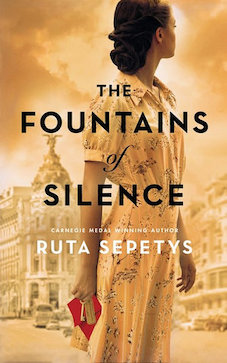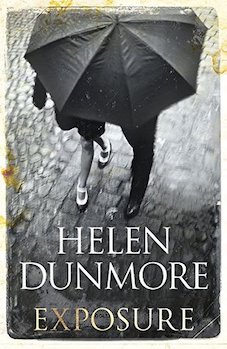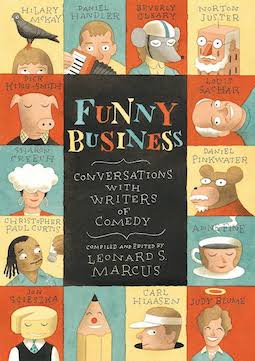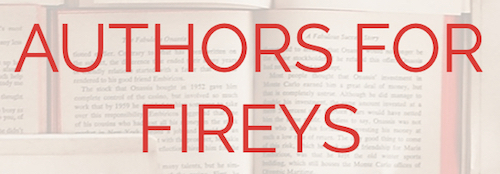False Value is the eighth novel in Ben Aaronovitch’s Rivers of London series. I’ve enjoyed all the previous novels, but I’m sorry to say that I think that Ben Aaronovitch has now lost the plot. This book was a mess, and worse, it was a boring, unfunny mess.
 False Value opens with Peter Grant, wizard policeman, starting a new job in a company that does geeky stuff involving data and algorithms. Its owner, an Australian tech billionaire, appears to be involved in a secret project that has some link to the theft of a historical, possibly magical, artefact. Unfortunately, Aaronovitch decides to use a convoluted, back-and-forth timeline in the first part of the book to increase suspense, which is unnecessary and annoying. Even more annoyingly, the tech company is called the Serious Cybernetics Corporation and the book is filled with Hitchhiker’s Guide to the Galaxy references. I’m a Hitchhikers fan from way back but even I was totally over the jokes by the end of the first chapter — and they just kept coming. And this was just the start of the hard core sci-fi in-jokes, because ultimately, False Value is science fiction, or a mix of science fiction and fantasy. Which is fine! Ben Aaronovitch is a Doctor Who writer and this is clearly a genre he loves. The problem is that the Rivers of London series has a lot of fans who don’t often read speculative fiction but were initially drawn in by the humour, the London history, the well-researched police procedural bits and the diverse cast of interesting characters — and only some of these elements appear in False Value.
False Value opens with Peter Grant, wizard policeman, starting a new job in a company that does geeky stuff involving data and algorithms. Its owner, an Australian tech billionaire, appears to be involved in a secret project that has some link to the theft of a historical, possibly magical, artefact. Unfortunately, Aaronovitch decides to use a convoluted, back-and-forth timeline in the first part of the book to increase suspense, which is unnecessary and annoying. Even more annoyingly, the tech company is called the Serious Cybernetics Corporation and the book is filled with Hitchhiker’s Guide to the Galaxy references. I’m a Hitchhikers fan from way back but even I was totally over the jokes by the end of the first chapter — and they just kept coming. And this was just the start of the hard core sci-fi in-jokes, because ultimately, False Value is science fiction, or a mix of science fiction and fantasy. Which is fine! Ben Aaronovitch is a Doctor Who writer and this is clearly a genre he loves. The problem is that the Rivers of London series has a lot of fans who don’t often read speculative fiction but were initially drawn in by the humour, the London history, the well-researched police procedural bits and the diverse cast of interesting characters — and only some of these elements appear in False Value.
It also seems to me that Aaronovitch has lost control of his world-building. He keeps inventing cool bits of magic to throw into his story – talking foxes! humans ageing backwards! carnivorous unicorns controlled by militant time-shifting fae! — without following up on them in any meaningful, consistent way. So, for example, a talking fox appears for a paragraph to remind us of how awesome the concept is, even though this has nothing to do with the plot, then he disappears. Some new American magicians arrive in London, but there’s no reference to the two groups of American magicians introduced in previous books. The tech plot involves a type of magic developed by women, but where are Lady Helena and Caroline, the witches from The Hanging Tree? Aaronovitch is juggling a lot of elements and he keeps dropping them. This book also relies heavily on the reader being familiar with all of Aaronovitch’s novellas, short stories and graphic novels, particularly The Furthest Station, but I don’t think it’s realistic to expect novel readers to keep up with all these associated stories (personally, I gave up on the graphic novels after all the gratuitous female nudity in Black Mould).
There is a bigger issue, I think. The first seven books had a long narrative arc involving the Faceless Man, which was mostly resolved in Book Seven, although Lesley remained at large. She doesn’t appear in this book. Are we meant to believe that Peter and the rest of the London police force would just forget about Lesley and move on? Is False Value meant to be the start of a new seven-book arc with a new villain? Is it possible to write a long-running, open-ended series of books while maintaining character development and the quality of the writing — especially when Aaronovitch is concurrently writing graphic novels, novellas and short stories, working on a Rivers of London television series and keeping up with a hectic publicity schedule?
I went back to read some of the earlier books in the series and was struck by how much I enjoyed them. Despite my familiarity with these stories, they felt fresh and funny. I’d encourage you to try the first book if you’re unfamiliar with the series, but I’m sad to say that I won’t be reading any more of Rivers of London. So long, Peter, and thanks for all the fish.

 I read
I read  I also liked
I also liked  As a companion read, I picked up
As a companion read, I picked up  However, the best book I’ve read recently was
However, the best book I’ve read recently was 
 I’d wanted to read
I’d wanted to read  My favourite holiday read was definitely
My favourite holiday read was definitely 

 “A joke isn’t a joke if you need to explain it,” says Leonard S. Marcus, who compiled and edited this series of interviews with authors of funny books for children. “Even so, the hidden clockwork of comedy has long been considered one of the great riddles of life.”
“A joke isn’t a joke if you need to explain it,” says Leonard S. Marcus, who compiled and edited this series of interviews with authors of funny books for children. “Even so, the hidden clockwork of comedy has long been considered one of the great riddles of life.” 